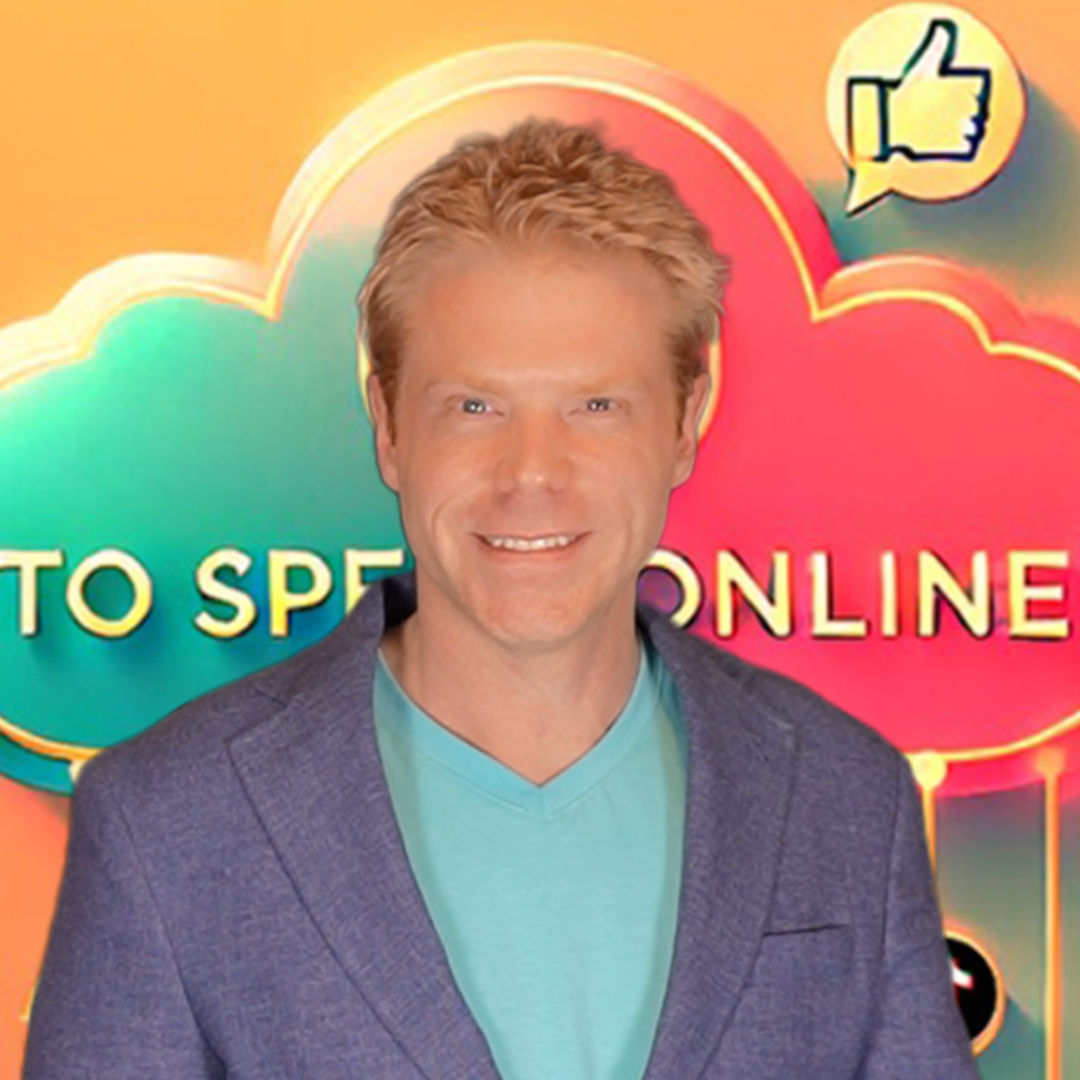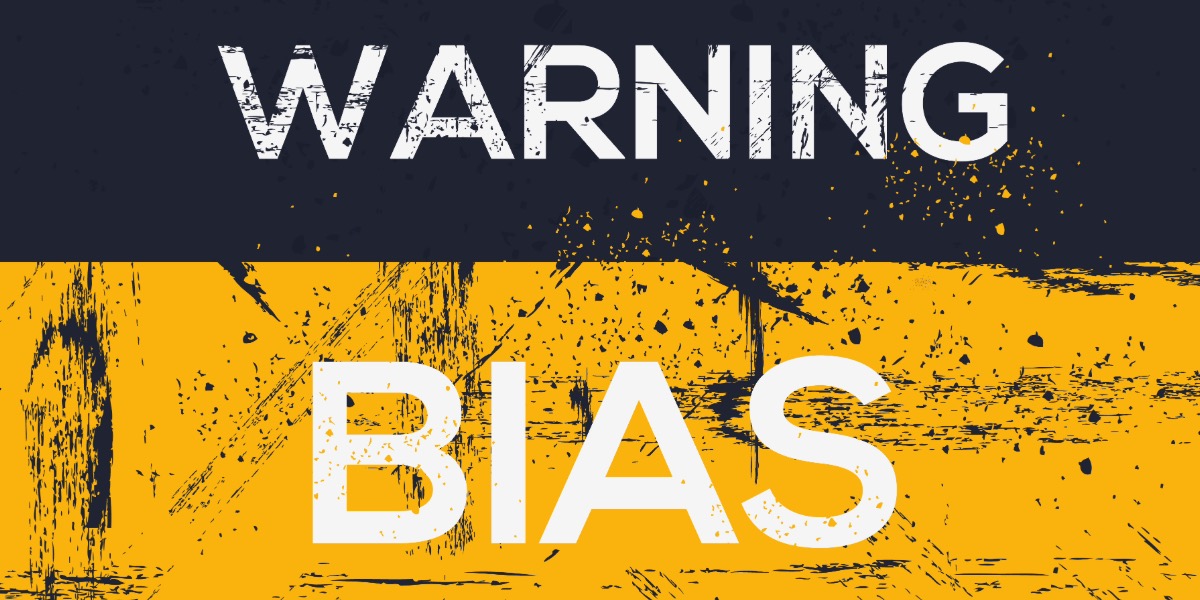Have you ever sensed an inexplicable kinship with a voice emanating from your radio or screen, as though that distant broadcaster were a companion rather than a stranger? If so, rest assured that this sensation is neither accidental nor unique—and Dan Bongino, our subject this evening, has mastered its cultivation with remarkable finesse.
Dan Bongino, until recently a prominent voice in political commentary, has exchanged his microphone for a badge at the Federal Bureau of Investigation. Yet, his tenure in the media spotlight offers a compelling case study in the art of parasocial bonding. For those unacquainted with the term, a parasocial relationship denotes a one-sided connection wherein the audience perceives a media figure as a familiar presence, despite an absence of mutual interaction. In Bongino’s hands, however, this dynamic transcends mere happenstance; it emerges as a deliberate strategy as upon further investigation into his background I found out he has a MS in Psychology.
Observe, if you will, the trimmings of his broadcasts: American flags unfurl in the background, T-shirts proclaiming allegiance to the “Bongino Army” adorn his frame, and a calculated informality—eschewing the stiff attire of traditional pundits—projects an aura of accessibility. These are not mere stylistic flourishes. Rather, they constitute visual rhetoric, fostering a shared identity with his viewers. As we shall see, this foundation paves the way for a deeper psychological engagement.
To fully appreciate Bongino’s approach, we must dissect the tools he wields. His rhetorical arsenal brims with open-ended questions. “Did you hear about this? I sure didn’t get the news flash!” (Link to example here)—designed to stir reflection and invite mental participation. This technique, subtle yet potent, transforms passive listeners into active participants, crafting the illusion of dialogue where none truly exists.
Moreover, Bongino peppers his discourse with casual disclosures and humorous interludes. Such moments humanize him, rendering a distant figure relatable—a friend, perhaps, rather than a mere commentator.
Scholars Kowert and Daniel encapsulate this phenomenon with precision, describing it as a “one-and-a-half sided” parasocial relationship. Unlike the one sided bonds of yesteryear—modern media enables a semblance of reciprocity. Bongino engages directly with his audience via live chats and social media, amplifying attachment. Moreover, Bongino’s vitality and imagery invites camaraderie, for example the Bongino Army.
The efficacy of Bongino’s parasocial strategies is undeniable, yet their implications warrant scrutiny. Emotional engagement, after all, is a cornerstone of human communication. However, when deployed within the charged arena of political messaging, such tactics invite a more critical gaze. Consider Bongino’s (among many) fondness for hyperbolic imagery. Beneath the humor lies a calculated intent, priming listeners to scorn opposing viewpoints and solidify in-group loyalty.
This emotional priming, while effective, carries a subtle peril. Continuous exposure to such rhetoric risks eroding reflective judgment, replacing it with visceral reactivity. The result? A populace potentially more attuned to sensationalism than to reasoned debate—a prospect that should give us all pause.
Bongino’s methods, while distinctive, mirror a wider shift in political communication, wherein psychological affinity often overshadows dispassionate analysis. I urge you, dear listeners, to interrogate the media you consume. What motives underpin the humor, the patriotism, the emotional appeals? How do these elements shape your perceptions?
So, I leave you with this charge: remain critical, remain curious, and above all, remain attuned to the subtle artistry of how your attention is courted.
Follow us! 🌐 ToSpeakOnline.com | 📺 YouTube Channel | 🎙️ Spotify Podcast | ✉️ Newsletters | TikTok | Instagram | Twitter/X | Facebook | All My Links | Partners & Associations




